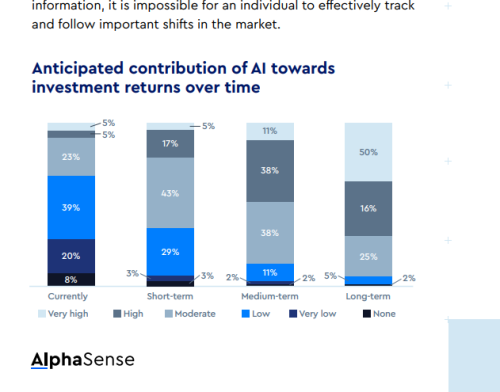Investors remain focused on ensuring executive compensation plans deliver outcomes that align the experience of management with other stakeholders, according to panelists on a recent IR Magazine and Governance Intelligence webinar, held in partnership with Alliance Advisors.
‘We’re looking at the experiential aspects of the comp plan,’ said Paul Schneider, director of corporate governance at Ontario Teachers’ Pension Plan, which manages around C$250 bn ($184 bn) in assets.
‘How does the executive compensation plan align with the shareholder experience? That really came to a head during Covid because we were seeing these comp plans that were bumping up compensation… but the stock price wasn’t doing the same thing.
‘We also took another step in terms of what the employees were experiencing. That, again, was really driven by Covid. That’s been a big change over the last couple of years [so] how does that experience line up?’
There is also a push among investors for the simplification of compensation plans given how complex they are becoming, noted the panelists.
‘The biggest thing we’re seeing is that companies are providing a lot more disclosure,’ said Mike Vogele, managing director at Alliance Advisors. ‘And this has been a big push from the institutional investors, which really want to understand what is going on in some of these comp plans.
‘We’re seeing more and more companies come out with very complex plans [where] it takes us as readers a very long time to understand what they’re saying, and to really understand how they are driving the company forward in the short term and long term. The more complicated it gets, the more you really have to wonder: why does it have that structure?’
ESG metrics on the up
Later in the webinar, speakers discussed the best way for companies to incorporate ESG metrics into compensation plans.
Yousif Ebeed, corporate governance analyst at Schroders, which manages assets totaling around £750 bn ($952 bn), said including ESG elements remains popular among UK and continental European issuers.
‘There was an increase across the FTSE 350 last year of companies incorporating ESG metrics into their executive pay plans,’ he said. ‘More often than not, they’ve been in the short-term bonus and, more often than not, they’ve been [focused on] greenhouse gas [emissions] reductions, which is obviously material to some companies and less material to others.’
Ebeed said a key concern for his firm about ESG metrics is that they are not being used as a vehicle to increase the overall rewards on offer. ‘The approach we try to push companies to adopt and encourage them to consider is the underpin approach,’ he explained.
‘Rather than having a stand-alone ESG metric, [companies should employ an] underpin that goes across the long-term incentive, whereby your pay is reduced for not hitting a certain target. So rather than putting a target in place, you’re just raising the floor – and then you really are walking the talk.’
When it comes to selecting metrics – ESG or otherwise – Vogele noted that companies should offer as much explanation as possible and avoid chopping and changing the approach each year.
It’s very important that companies ‘stay consistent with the metrics they use,’ he said. ‘If a company were to change its metrics year over year, for the short-term incentive, it is chasing one goal one year, and then another the following year.
‘That can cause some problems with the whole program, because you’re not really linking it to something substantial – you’re just chasing an outcome.’
To watch a recording of the webinar, please click here.










